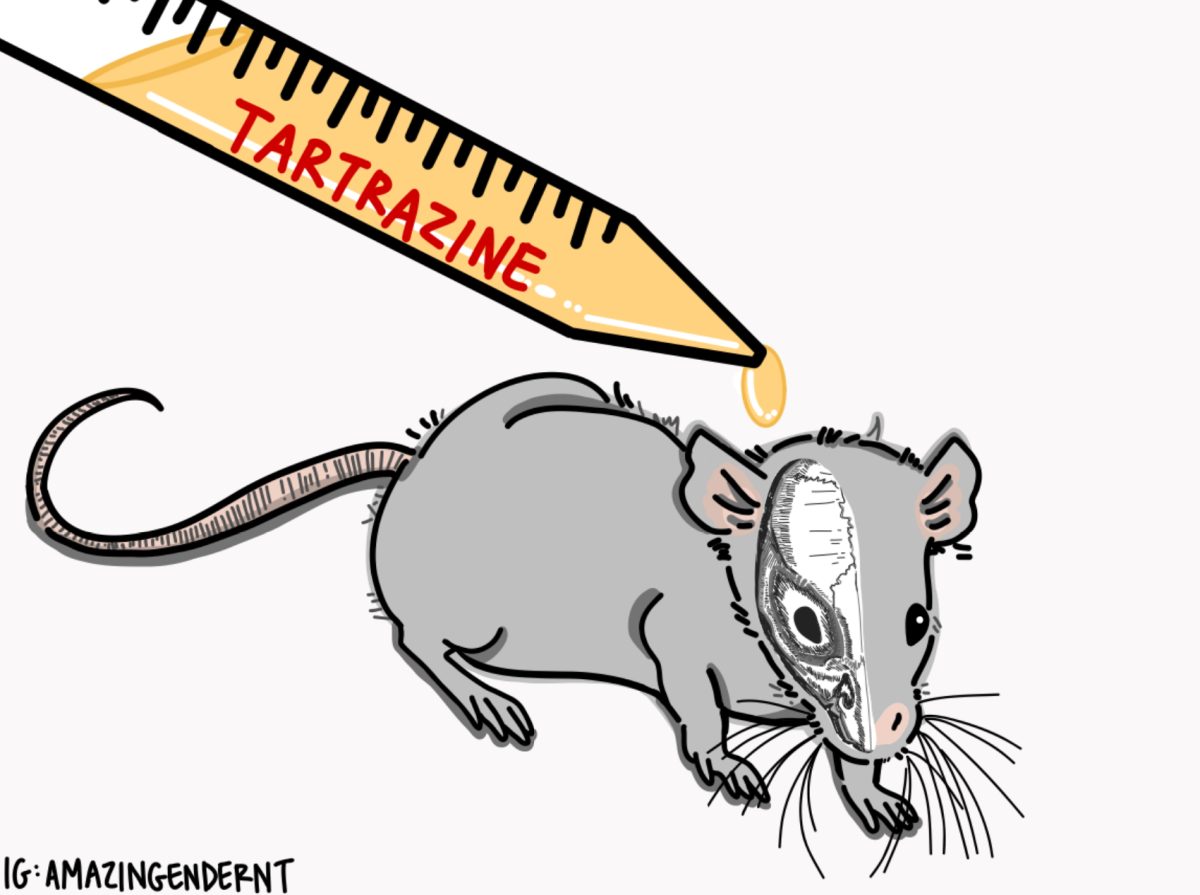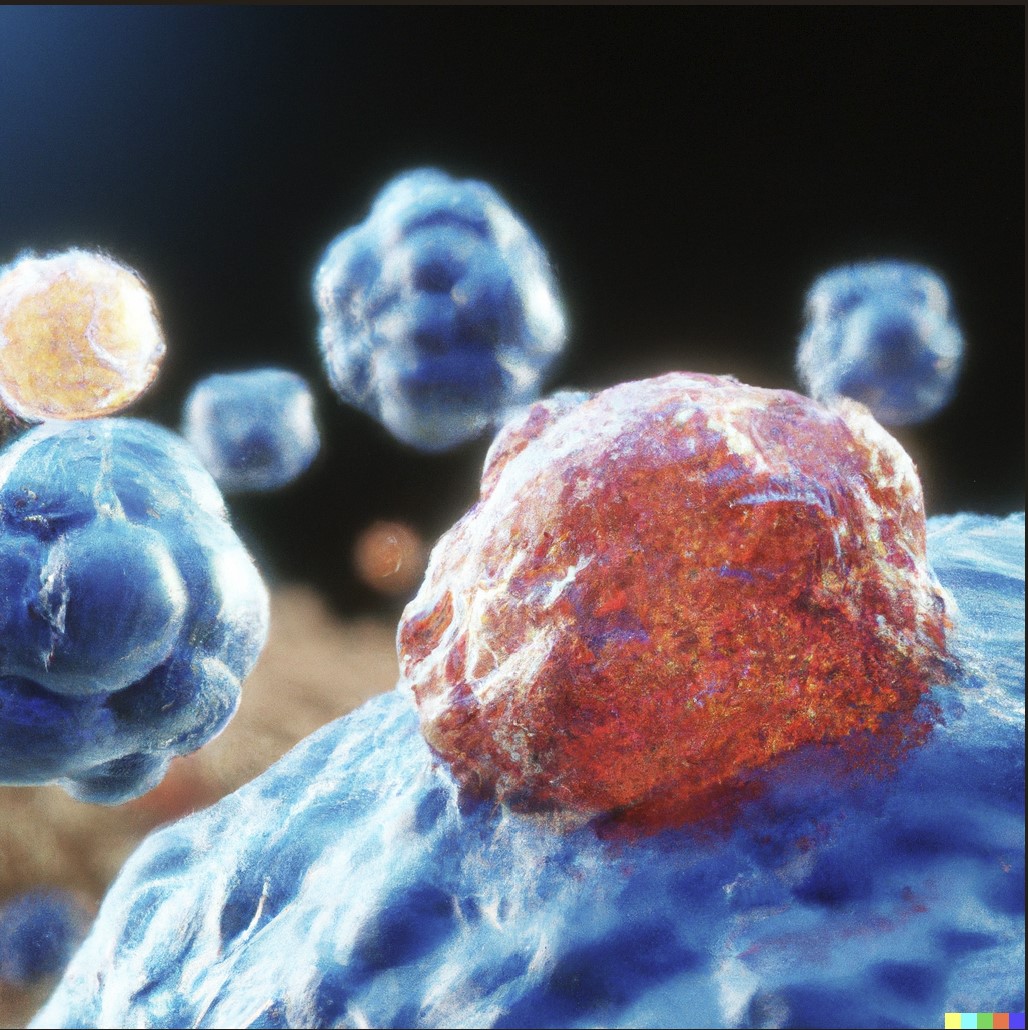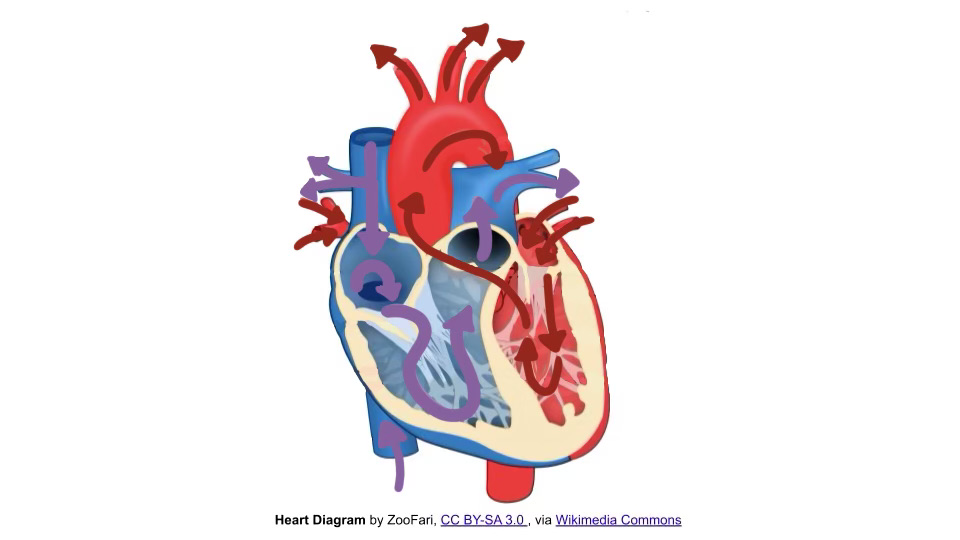Researchers at Stanford University have developed a new method to render the skin of live mice transparent using a common food dye, allowing them to observe internal organs and tissues without making incisions. The discovery, published in the journal Science, could have significant implications for medical research, offering a non-invasive way to monitor live animals and potentially advance human diagnostic techniques.
The transparency was achieved by applying a mixture of water and tartrazine, one of eight dyes approved by the U.S. Food and Drug Administration for use in foods, drugs and cosmetics. Tartrazine, also known as FD&C Yellow #5, is commonly found in products like Doritos, Mountain Dew, M&Ms and cereals like Cap’n Crunch.
The method works by reducing the scattering of light, which typically makes skin appear opaque. Living tissue is a scattering medium, meaning that it bends light in ways that prevent it from passing through. Tartrazine helps counteract this by absorbing light and matching the refractive index of water in the skin to that of lipids, reducing light scattering and making the tissue transparent.
Stanford’s experiments were done under the purview of the study’s lead author, Zihao Ou, assistant professor of physics at the University of Texas at Dallas. The researchers rubbed the dye solution onto the skin of live mice, specifically on their abdomens, skulls and limbs. Once the dye diffused into the skin, the researchers could see through the skin to blood vessels and internal organs like the liver, intestines and bladder. They found the transparency was temporary and could be reversed. When the skin was rinsed with water, the tissue returned to its normal opaque state.
While the study’s results were promising, the technique has only been tested on mice.
Since human skin is approximately 10 times thicker than mouse skin, it is unclear whether the same approach would work in people. “We have not yet tested the process on humans,” Ou said, adding that it is unknown what dosage or delivery method would be required to penetrate human skin.
However, the researchers believe that further testing and modifications could pave the way for human applications. If successful, the technique could be a less invasive alternative to certain medical procedures, such as biopsies and imaging techniques like X-rays or CT scans. It could even help phlebotomists find veins more easily, reducing discomfort during blood draws.
The new method could have immediate benefits for research in optical imaging. Traditional optical equipment, such as microscopes, cannot be used to study living tissue due to light scattering, which obstructs clear images. With the ability to make skin temporarily transparent, scientists may be able to capture more detailed images of live tissues and observe biological processes in real-time.
Researchers used this technique to observe blood flow in the brain, the contractions of muscles in limbs and peristalsis, the contraction of digestive tract muscle to push food down, in live mice. These observations were made without the need for surgery or other invasive procedures, representing a significant advancement in live animal research.
Philipp Keller, a biologist at the Howard Hughes Medical Institute, called the discovery “a major breakthrough.” He added that the method’s reversibility and biocompatibility make it especially valuable, as prior methods of making tissue transparent often involve damaging or removing tissue components, making them unsuitable for live subjects.
Despite its potential, the technique does have limitations. The transparency effect only reaches a depth of about three millimeters, which restricts its usefulness for observing deeper tissues. Larger subjects, including humans, would likely require adaptations of the technique to achieve similar results.
Additionally, while the use of tartrazine is safe and FDA-approved for consumption, its effects when used in higher concentrations on human skin are still unknown. Researchers are now researching the optimal dosage and exploring other molecules that could perform more efficiently than tartrazine in making tissues transparent.
The next steps for the research team include refining the method for deeper tissue transparency and exploring its potential applications in both animal models and human medicine. If successful, the technique could revolutionize how doctors and researchers view living tissues, offering a less invasive and more affordable alternative to traditional imaging techniques.
Researchers hope that with further testing, the method will find applications in various fields, from cancer diagnostics to neurological research. “We could change the way we see the human body,” Guosong Hong, who is an assistant professor of materials science and engineering and senior author of the paper, said.
Categories:
Researchers harness Doritos dye to make mouse skin see-through
Ali Hussain, Science & Technology Editor
September 23, 2024
0
More to Discover
About the Contributors

Ali Hussain, Science & Technology Editor
Ali Hussain is the Science & Technology Editor for The Ticker.

Richard Wen, Graphics Editor
Richard Wen is the Graphics Editor for The Ticker.








